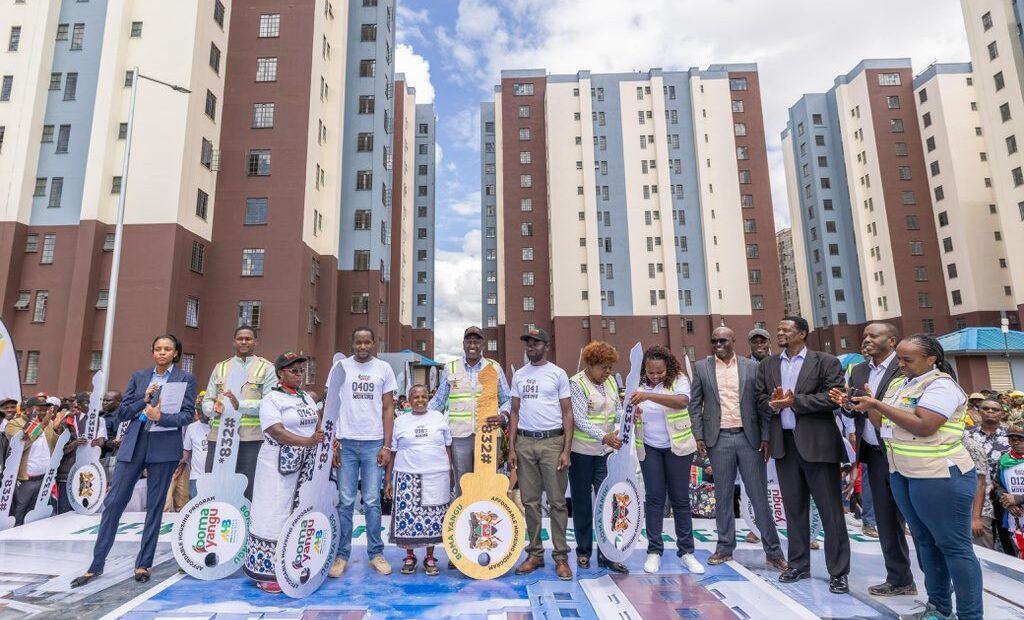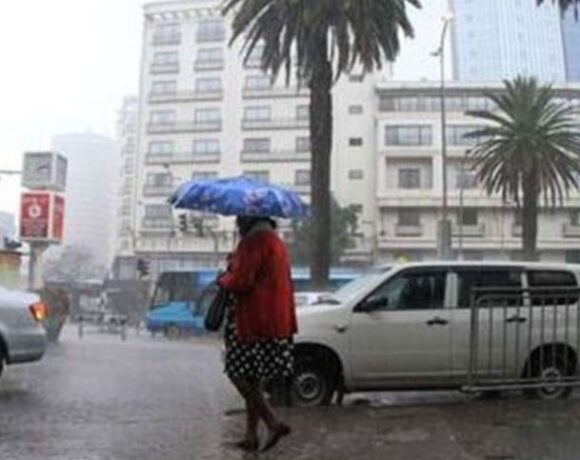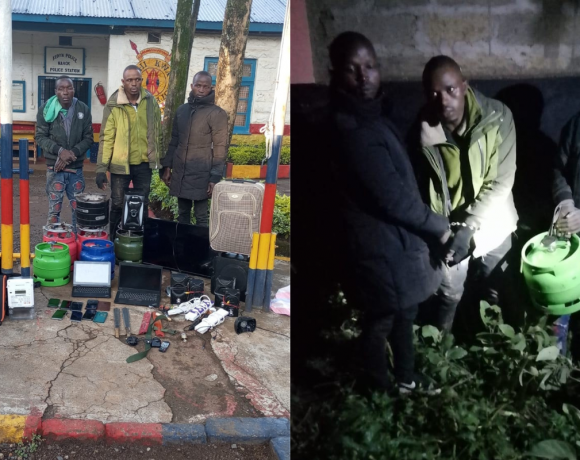Ruto Launches Mukuru Affordable Housing Units

President William Ruto has officially launched the Mukuru Affordable Housing Project in Nairobi, a flagship component of his bottom-up economic transformation agenda. The launch was met with both praise and controversy, as questions about project transparency, fund utilization, and alleged corruption continue to swirl.
Unit Prices and Payment Plans for Mukuru Housing
The Mukuru project sits on 55 acres of land previously under contested ownership. Now reclaimed for public use, it forms part of a broader national affordable housing initiative to ease Kenya’s urban housing crisis.
At the Mukuru site, 13,000 housing units are planned. The pricing structure is tailored for low- to middle-income Kenyans:
- Bedsitters at Ksh 1.5 million with monthly payments of about Ksh 3,000 over 30 years
- One-bedroom units priced at Ksh 2 million, with monthly payments of around Ksh 4,000
- Two-bedroom apartments set at Ksh 2.5 million, with monthly payments of roughly Ksh 5,000
These mortgages are facilitated through the Kenya Mortgage Refinance Company (KMRC), with the government subsidizing a portion of the financing to make homeownership more accessible.
Funding Model and the Controversial Housing Levy
The government introduced a mandatory housing levy deducting 1.5% of gross salaries from employees and employers to finance the Affordable Housing Program. While intended to pool resources for development, this levy has been met with legal challenges and public resistance.

Initially declared unconstitutional for targeting only formally employed Kenyans, the Affordable Housing Act 2024 reinstated the levy. It now applies more broadly, although its collection from informal workers remains ineffective mainly due to logistical hurdles.
By April 2025, the government had collected over Ksh 54 billion from the housing levy. However, less than one-third of this amount has reportedly been spent on actual projects. According to audits, the remainder has either been invested in government securities or left idle. Thus raising questions about transparency and effective resource utilization.
Broader Affordable Housing Strategy
The Mukuru launch is part of a broader government goal to deliver one million units by 2027. Other major affordable housing projects include those in Kibera, Ruiru, Nakuru, and Machakos. As of May 2025, only a small fraction of the target has been completed or is under active construction, prompting concerns about feasibility and execution.
Private developers, once active in the low-cost housing segment, have reportedly scaled down operations. They cite uncertainty stemming from government competition and policy inconsistency, disrupting traditional house markets.
Public Frustration and Allegations of Mismanagement
Despite the fanfare surrounding the Mukuru opening, discontent is growing. In Nakuru and other areas, complaints have emerged that affordable housing units have been allocated to individuals outside the intended low-income bracket. Some units have allegedly been turned into short-term rentals, undermining the program’s original purpose.
Moreover, reports have linked individuals close to the president to key contracts and land acquisitions within the affordable housing pipeline. Critics argue that the program has become a political tool rather than a genuine effort to resolve Kenya’s shelter crisis.
Unfortunately, these allegations have not been officially addressed. But, civil society groups and opposition leaders continue to push for a comprehensive audit of the housing fund, project beneficiaries, and procurement processes.
The Road Ahead
President Ruto’s housing initiative has the potential to significantly improve access to affordable homes. However, it now faces a critical test of public trust. The program’s success will depend on unit delivery, transparency, equity, and inclusive governance.
With the launch of Mukuru’s units, attention will now shift to how effectively the government can distribute houses fairly, scale construction across the country, and manage the billions collected from Kenyan workers.




